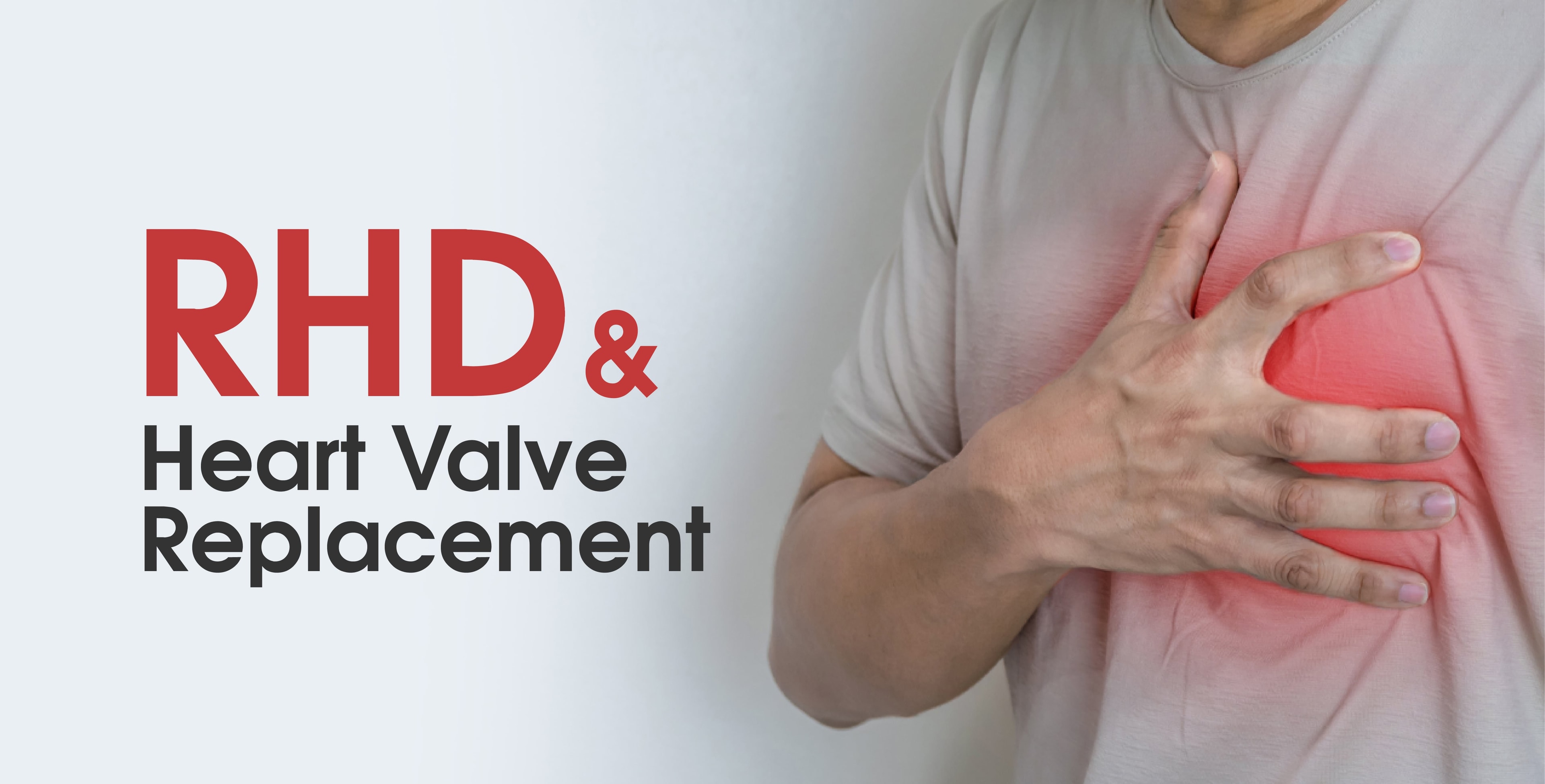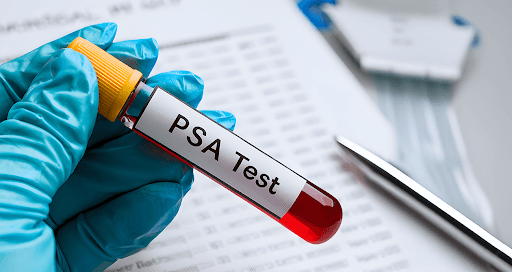
Blood oxygen level is a critical indicator of how effectively the body delivers oxygen to tissues and organs. Often assessed through simple non-invasive methods such as pulse oximetry, it has a huge role in evaluating respiratory and cardiovascular health.
Oxygen is vital for cellular function. Without an adequate supply, organs such as the brain and heart cannot perform optimally. Monitoring oxygen saturation provides valuable insight into overall health status and can help in the early detection of potentially serious medical conditions.
In this blog, we will understand what blood oxygen levels mean, how they are measured, normal ranges by age, the clinical significance of low oxygen levels, associated causes, and evidence-based treatment approaches.
What Does Blood Oxygen Level Mean?
Blood oxygen level indicates the amount of oxygen carried by red blood cells throughout the body. Oxygen binds to the protein part of RBCs, heamoglobin, which is then transported to tissues where it is broken down to produce energy for organ functions.
Oxygen levels are expressed as a percentage known as oxygen saturation (SpO2), which indicates the amount of heamoglobin carrying oxygen compared to its total capacity. For most healthy individuals, this value ranges between 95% and 100%. Oxygen levels below 90% are generally considered to be low and may require medical evaluation.
What is a Blood Oxygen Level Test?
Assessing the blood oxygen level is a standard procedure in clinical diagnostics. The most commonly used methods are pulse oximetry, a non-invasive test, and the arterial blood gas (ABG) test.
Pulse Oximetry (SpO2)
Pulse oximetry is the most commonly used method. A pulse oximeter, a small device placed on the fingertip, uses light beams to estimate oxygen saturation. It is a non-invasive, painless, and quick method. However, results may occasionally be affected by nail polish, poor blood circulation, or skin pigmentation. It simultaneously measures heart rate by detecting pulsatile blood flow variations, providing two vital signs through a single device.
Arterial Blood Gas (ABG) Test
The arterial blood gas test is more accurate and involves drawing blood from an artery, typically in the wrist. This analysis helps measure the carbon dioxide and blood pH levels along with oxygen levels, giving a comprehensive assessment of respiratory function. The ABG test is considered the clinical standard for assessing oxygenation and acid-base balance.
What are Normal Oxygen Levels by Age?
While the normal blood saturation range is generally considered to be 95% to 100%, slight variations may be noticed across different age groups due to developmental and physiological factors.
- Infants: Newborns and infants often exhibit slightly lower levels of oxygen saturation, typically ranging between 90% and 95%. This is because their respiratory system continues to develop post-birth. Preterm infants may exhibit lower oxygen saturation, with levels as low as 88-92% considered acceptable under specific clinical circumstances.
- Children: As children mature and their respiratory function becomes stronger, their oxygen saturation levels align with adult standards. A healthy child’s SpO2 reading is usually 95% or higher. Readings below this, particularly in the presence of respiratory symptoms, require medical evaluation.
- Adults: For healthy adults, a normal blood oxygen saturation level is considered to be between 95% and 100%. This range signifies optimal respiratory and circulatory function. A persistent reading below 95% may indicate impaired oxygenation, and a level below 90% is classified as hypoxemia, a medical emergency requiring immediate intervention.
- Seniors: Elderly individuals may have a slightly reduced average oxygen saturation due to age-related physiological changes in lung elasticity and function. A normal reading for a healthy senior may be closer to the lower end of the adult range, approximately 95% to 97%. However, consistent low readings or a sudden significant drop from the baseline should be given immediate medical attention.
What are the Symptoms of Low Blood Oxygen Levels?
Hypoxemia, commonly known as abnormally low oxygen levels in the blood, appears with a range of symptoms that reflect inadequate oxygen supply to the body’s tissues and organs. These symptoms can vary in severity, depending on the degree of oxygen deprivation.
- Headache: A common initial symptom, often described as a dull or throbbing pain, resulting from the brain's sensitivity to hypoxia.
- Shortness of Breath: Known as Dyspnea, it is a sensation of breathlessness or a feeling of not being able to get enough air, even when at rest or during minimal physical exertion.
- Dizziness: A feeling of lightheadedness or unsteadiness, caused by reduced oxygen supply to the brain.
- Cough: A persistent cough may be a symptom, especially when associated with an underlying respiratory condition.
- Wheezing: A high-pitched, whistling, or rattling sound during breathing, indicative of narrowed or obstructed airways.
- Confusion: Impaired cognitive function, leading to disorientation, difficulty concentrating, or altered mental status in cases of severe hypoxemia.
- Rapid Heartbeat: Tachycardia, or rapid heartbeat, happens when the heart attempts to compensate for low oxygen levels by increasing its rate to circulate the available oxygen more quickly.
- Cyanosis: A late and critical sign characterised by a bluish or purplish discoloration of the skin, mucous membranes, fingernails, and lips. This is a clear indication of a significant amount of deoxygenated blood and requires urgent medical attention.
Causes of Low Blood Oxygen Levels
Hypoxemia occurs as a result of various medical conditions, including:
- Chronic Obstructive Pulmonary Disease (COPD): This group of progressive lung diseases, which includes chronic bronchitis and emphysema, is a primary cause of hypoxemia. These conditions lead to airway inflammation and damage to the lung's air sacs, impairing gas exchange.
- Acute Respiratory Distress Syndrome (ARDS): A severe form of acute lung injury where fluid accumulates in the air sacs, significantly impeding oxygen transfer.
- Asthma: During an acute asthma exacerbation, airway constriction can severely limit the flow of air into the lungs.
- Pneumothorax (Collapsed Lung): A condition where air enters the space between the lung and the chest wall, causing the lung to collapse and preventing it from fully expanding.
- Pneumonia: An infectious process that inflames the lung's air sacs, causing them to fill with fluid or pus and impairing oxygen absorption.
- Anemia: A condition characterised by a reduced number of red blood cells or insufficient hemoglobin. As hemoglobin is the primary oxygen carrier, a low count compromises the blood's oxygen-carrying capacity.
- Congenital Heart Defects: Certain heart anomalies present from birth can affect the heart's ability to pump blood efficiently or can cause deoxygenated and oxygenated blood to mix, leading to systemic hypoxemia.
- Heart Diseases: Conditions such as congestive heart failure can lead to fluid accumulation in the lungs (pulmonary edema), which obstructs oxygen diffusion into the bloodstream.
- Pulmonary Embolism: A life-threatening condition in which a blood clot, typically originating from the legs, travels to the lungs and blocks a pulmonary artery, preventing blood from being oxygenated.
What is the Treatment for Low Oxygen Saturation Levels?
The clinical management of low oxygen saturation levels is centered on identifying and treating the underlying cause while simultaneously providing symptomatic relief.
- Oxygen Therapy: The most immediate intervention for hypoxemia is the administration of supplemental oxygen. This can be delivered via a nasal cannula, a face mask, or, in critical cases, through mechanical ventilation. Oxygen therapy aims to increase the concentration of oxygen in the inspired air, thereby improving oxygen saturation and ensuring adequate delivery to vital organs.
- Pharmacological Interventions: Medication is prescribed based on the underlying etiology. For respiratory conditions, bronchodilators and corticosteroids may be used to open airways and reduce inflammation. For infections, antibiotics or antiviral agents are administered. In cases of pulmonary embolism, anticoagulant therapy is initiated to dissolve the clot.
- Pulmonary Rehabilitation: For patients with chronic respiratory conditions, pulmonary rehabilitation programs are highly effective. These programs combine supervised exercise, education, and breathing techniques to improve lung function, muscle strength, and overall quality of life.
- Management of the Underlying Condition: The long-term treatment strategy focuses on managing the primary condition responsible for the hypoxemia. This may involve cardiac medications, surgical procedures for congenital defects, or other specialised treatments.
How Can I Increase My Blood Oxygen Levels?
While clinical interventions are required for significant hypoxemia, certain lifestyle and behavioral modifications can support healthy oxygen levels.
- Breathing Exercises: Techniques such as diaphragmatic breathing can optimise lung capacity and efficiency. This method involves using the diaphragm, the primary muscle of respiration, to facilitate deeper and more effective breaths.
- Hydration: Maintaining adequate hydration helps to keep the respiratory tract moist and thins mucus, which can improve airflow.
- Regular Physical Activity: Aerobic exercise strengthens the cardiorespiratory system, enhancing the heart's and lungs' ability to transport and utilise oxygen.
- Smoking Cessation: Smoking is a major contributor to lung damage and a leading cause of chronic respiratory diseases. Quitting smoking is the single most impactful action an individual can take to improve their blood oxygen levels.
- Balanced Nutrition: A diet rich in iron can prevent anemia, a condition that compromises the blood's oxygen-carrying capacity. Iron-rich foods include red meat, poultry, fortified cereals, and leafy green vegetables.
- Environmental Factors: Spending time in environments with clean, fresh air and avoiding exposure to pollutants can support respiratory health.
Get your lung health checked at Amrita Hospital Faridabad
Understanding your blood oxygen level is a crucial step in proactive health management. If you are experiencing symptoms of hypoxemia, have a chronic respiratory condition like COPD or asthma, or simply wish to gain a deeper understanding of your body's respiratory function, professional testing is advised.
At Amrita Hospital, Faridabad, we offer comprehensive diagnostic services, including advanced Pulse Oximetry and Arterial Blood Gas (ABG) analysis. Our advanced facility and experienced medical specialists ensure accurate assessment and personalised care. Should testing reveal any irregularities, our team is equipped to provide expert consultation, diagnosis of the underlying cause, and a tailored treatment plan.
Take charge of your respiratory well-being. Contact Amrita Hospital, Faridabad, today to schedule your blood oxygen level test or consult with a specialist.
Frequently Asked Questions
- What is the normal oxygen rate for children and adults?
For both children and adults, an oxygen saturation (SpO₂) level of 95% to 100% is considered normal. Values below 90% are generally classified as abnormal and may require medical attention. In older adults, particularly those over the age of 70, it is not unusual to see oxygen levels closer to 95%, reflecting age-related changes in lung function.
- How much oxygen for children?
When supplemental oxygen is required, the flow rate depends on the child’s age:
- Neonates (newborns): 1 LPM (liters per minute)
- Infants and children under 2 years: 2 LPM
- Children over 2 years: 4 LPM
- Does oxygen level change with age?
A gradual reduction in oxygenation is a normal part of aging. This is reflected in slightly lower arterial oxygen pressure (PaO₂) and oxygen saturation levels. However, changes in carbon dioxide (CO₂) levels are not considered part of normal aging and may instead indicate underlying pulmonary disease.
- What is a low oxygen level for a child?
Low oxygen levels in children may present as unusual fatigue, difficulty breathing, or visible signs of respiratory distress. In severe cases, a child may tilt their head backward and lift their nose upward while lying down in an effort to breathe more easily. Persistent low oxygen levels in children should always be treated as a medical concern and evaluated promptly.







